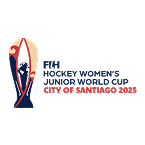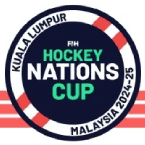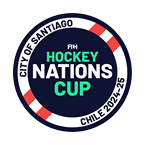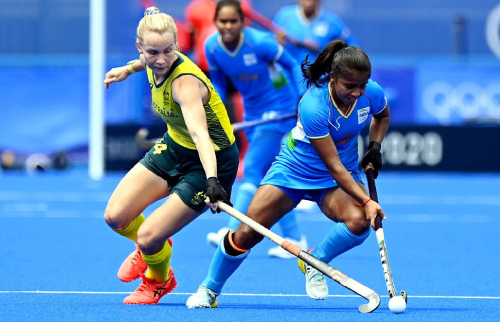
Lausanne, Switzerland: At the recent National Associations Summit and FIH Executive Board (EB) meeting held in Muscat, Oman, FIH’s global partner Polytan gave a detailed update on the ongoing works and research to develop a dry turf for hockey that satisfies the elite performance and athlete safety criteria set by the FIH.
The members were positively impressed by the progress made in terms of sustainability, in particular, the 40% reduction of water consumption from the Rio 2016 to the Tokyo 2020 Olympic Games. Additionally, a further substantial reduction will take place at the Paris 2024 Olympics. Other achievements such as the carbon-zero surface for Paris (Poligras Paris GT Zero), made of 80% biobased material (sugarcane) were also praised.
The recently completed FIH Hockey5s World Cup was played on dry turf, representing the first major international hockey tournament undertaken on such a surface. This provided an important opportunity to test dry hockey surfaces in a warm, dry climate and, crucially, to get feedback from athletes, coaches and officials.
Based on this feedback, whilst the efforts towards developing dry turf will continue, there is a necessity to make a decision now on the turf that will be used at the 2026 FIH World Cup, due to the procurement timelines and in order to ensure optimal preparations both for the co-organizers and the participating teams.
Therefore, the EB has decided that the 2026 FIH Hockey World Cup will be played on watered turf.
FIH has informed the Dutch and Belgian Hockey Associations, the co-hosts, of this decision.
At the same time, the EB made clear the importance of the ongoing works and research to reduce the amount of water needed, and move towards fully dry turf. In this regard, the learnings from the 2024 FIH Hockey5s World Cup and future tournaments that will be played on dry turf will be very important.
#HockeyInvites
#HockeyEquals
























